Get Moving for Your Health in 2012
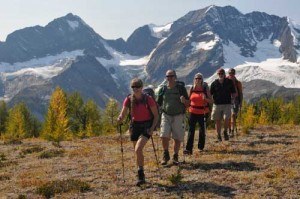 Are you still looking for a bit of inspiration to get moving and stay active?
Are you still looking for a bit of inspiration to get moving and stay active?
Again and again, the message is about how vitally important it is to incorporate exercise into your life. Dr. Mike Evans, a physician and health columnist has made a strong case for walking as the best and easiest preventative medicine.
If you already walk as your means of exercise, why not enhance your training? You can walk smarter and burn more calories with Nordic walking poles. Poles can literally turn a 20 minute walk into a calorie torching, full-body workout.
At Mountain Trek we incorporate Nordic walking poles for just this reason, and more people are now catching on to them for use at home. Not only do they enhance cardio and provide stability and balance on the trails, but they help straighten posture and tone muscles in the upper body.
Here are some benefits of walking with poles. They:
- lessen the impact when hitting the ground by 26%
- engage over 90% of your major muscles (not just your legs!)
- increase your cardio by a minimum of 20% and increase your calorie burn by up to 48%
- give a full body workout for all ages and fitness abilities
- pack up and go with you anywhere
- support the walker in slippery winter conditions, great for seniors and those recovering from injury.
“Pole walking” is more than a passing trend. It originated in the 1930’s for cross country skiers in Finland to keep fit during the off season. It soon became popular with non-athletes once the total-body benefits and the overall fun of the activity were discovered. For decades it has been the activity of choice for millions of Northern Europeans.
Exercise is a lifestyle
It doesn’t just stop there with walking and cardio exercise however. As we are increasingly aware, maintaining wellness and vitality is a lifestyle, and healthy balance in all areas of life is the key. But without the vital ingredient of regular exercise, we simply won’t achieve the strength, stamina and weight loss that we desire.
Why are Mountain Trek Programs so successful for kick-starting weight loss and vitality? With men losing an average of 6-8 pounds a week and women, an average loss of 4-6 pounds, we provide the ideal combination of cardio, strength training, nutrition and detoxing that guarantees the pounds drop off.
What’s the best thing you can do for your health in 2012? Get active and get walking!
Take 10 minutes to watch this important and clever VIDEO by Dr. Mike Evans to get you motivated!

 The Holiday season brings opportunity for travel; do you have a fitness plan to navigate it in a happy and healthy manner? Plan to move your body and you will succeed when most people exercise the least – during the holidays and on the road. This blog will look at fitness strategies for the holidays. Part 2 will tackle strategies for travel.
The Holiday season brings opportunity for travel; do you have a fitness plan to navigate it in a happy and healthy manner? Plan to move your body and you will succeed when most people exercise the least – during the holidays and on the road. This blog will look at fitness strategies for the holidays. Part 2 will tackle strategies for travel.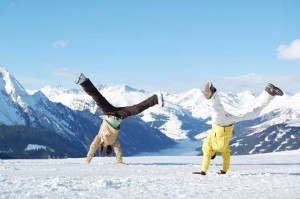 Next, pick and choose from the list of following strategies you feel you can best follow:
Next, pick and choose from the list of following strategies you feel you can best follow: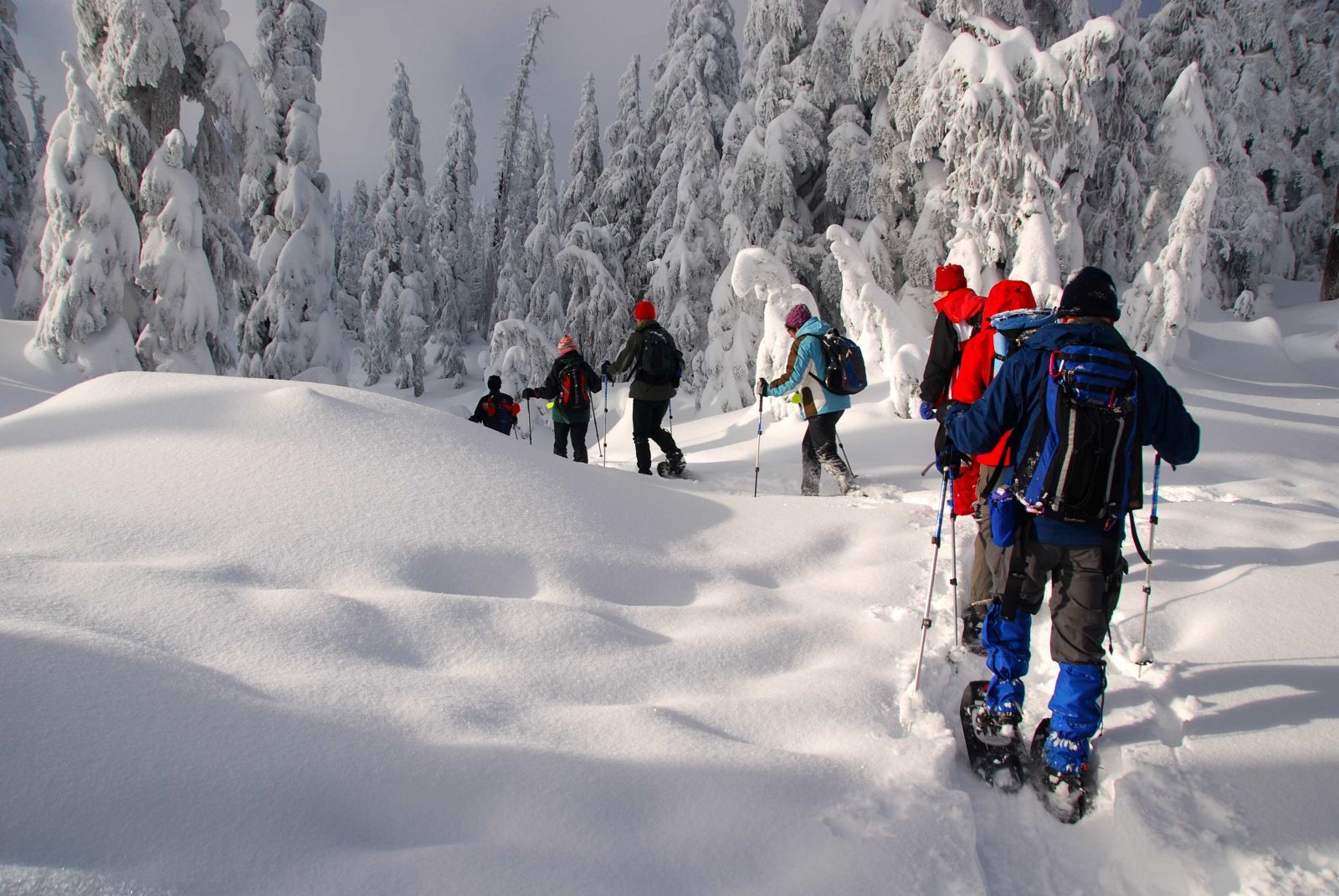
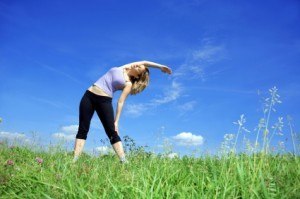 We know that stretching when exercising is important at Mountain Trek. As a
We know that stretching when exercising is important at Mountain Trek. As a 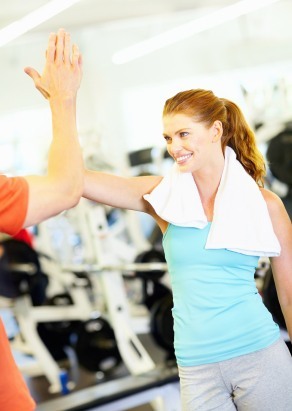
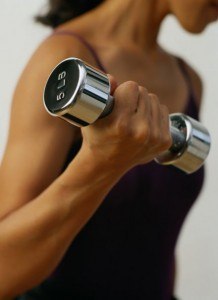 How do you feel about baring your arms this summer? Are you excited to show off their sculpted, fit presence or would you prefer to promote a long-sleeve fad for the season? With a few key muscle strengthening exercises you can say goodbye to a bad case of the arm jiggles and hello to a chic sexy sleeveless dress. You can’t just wish for this to happen you’ve got to work it! So work it we will…..
How do you feel about baring your arms this summer? Are you excited to show off their sculpted, fit presence or would you prefer to promote a long-sleeve fad for the season? With a few key muscle strengthening exercises you can say goodbye to a bad case of the arm jiggles and hello to a chic sexy sleeveless dress. You can’t just wish for this to happen you’ve got to work it! So work it we will…..
